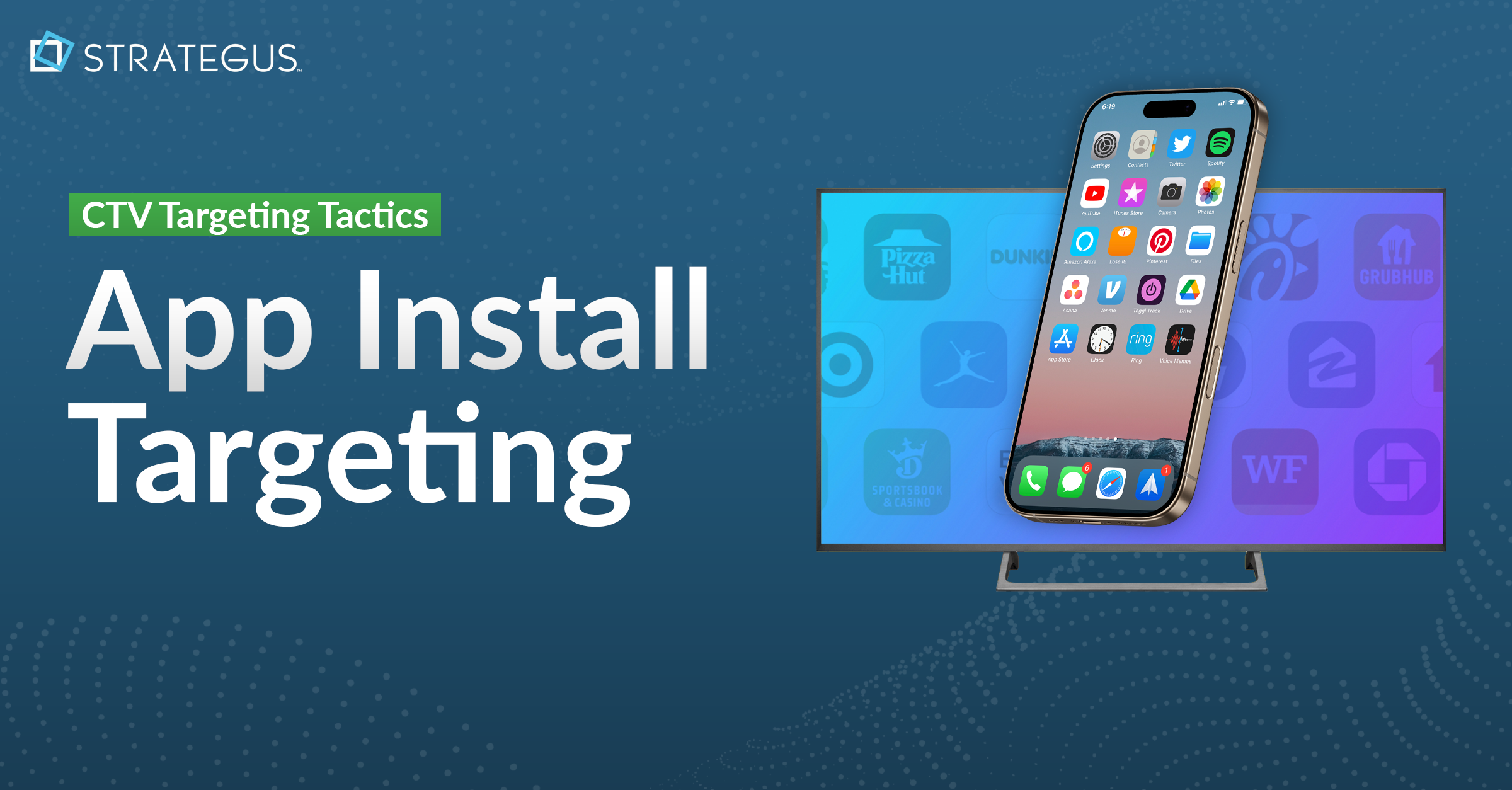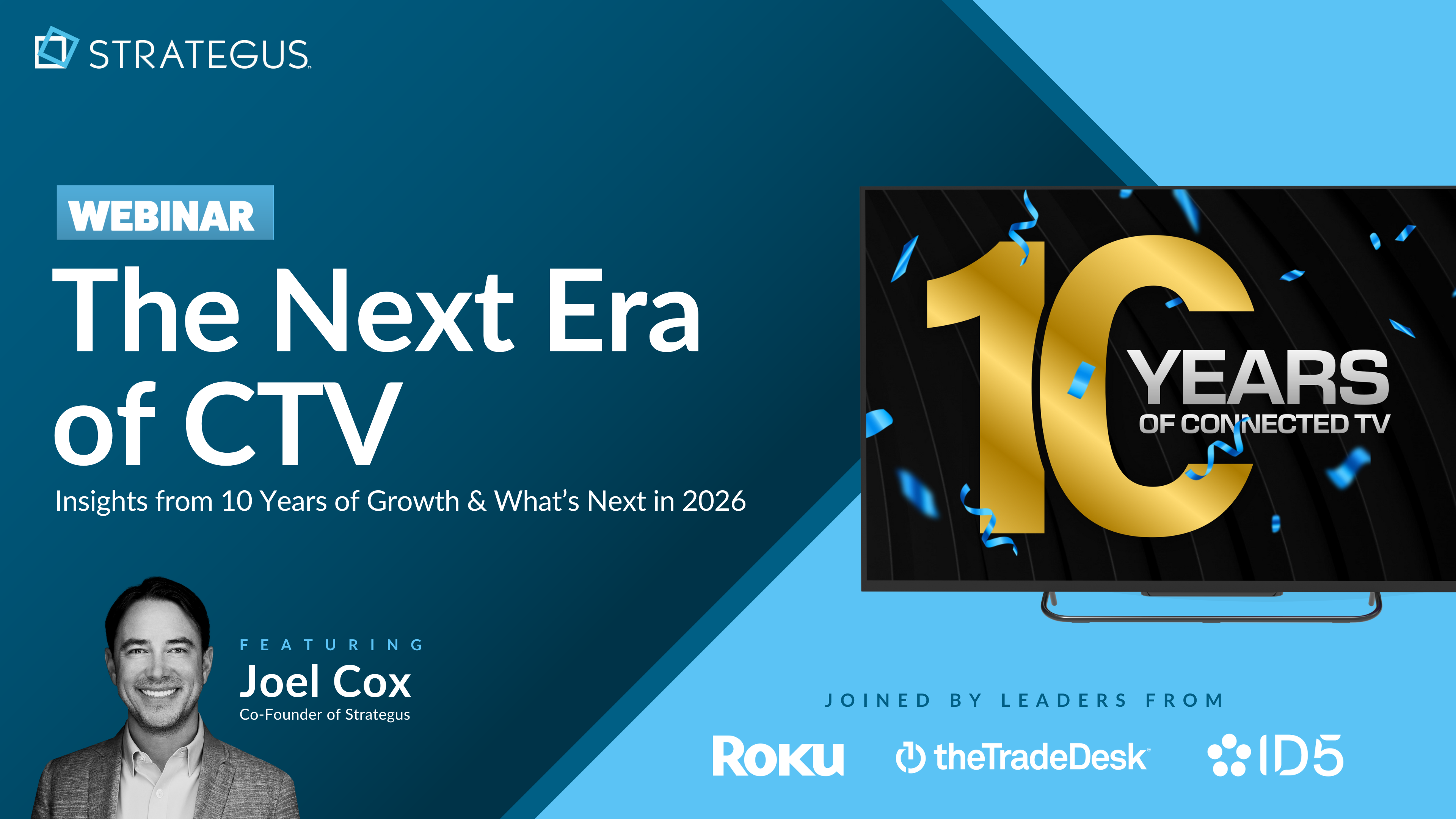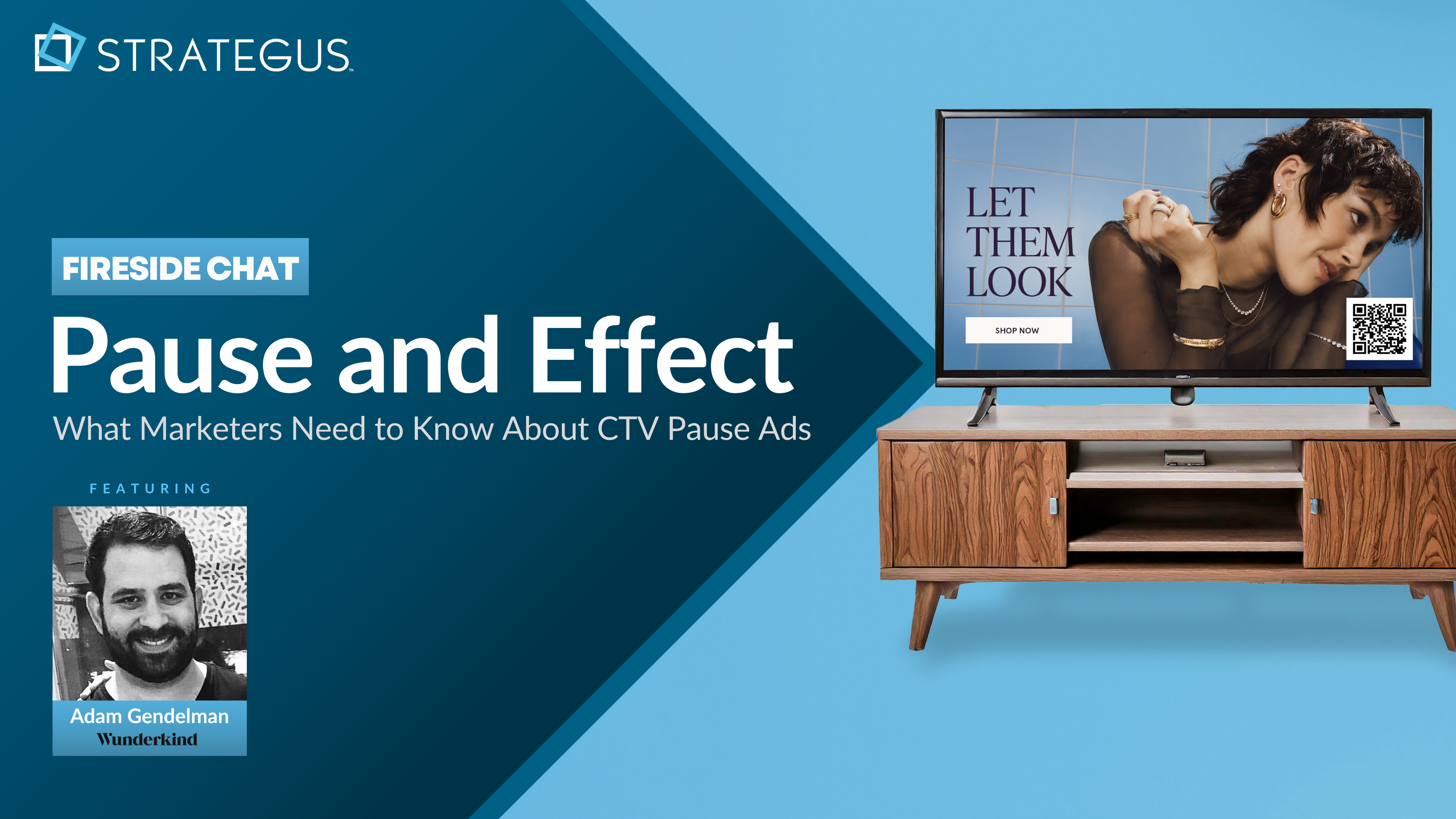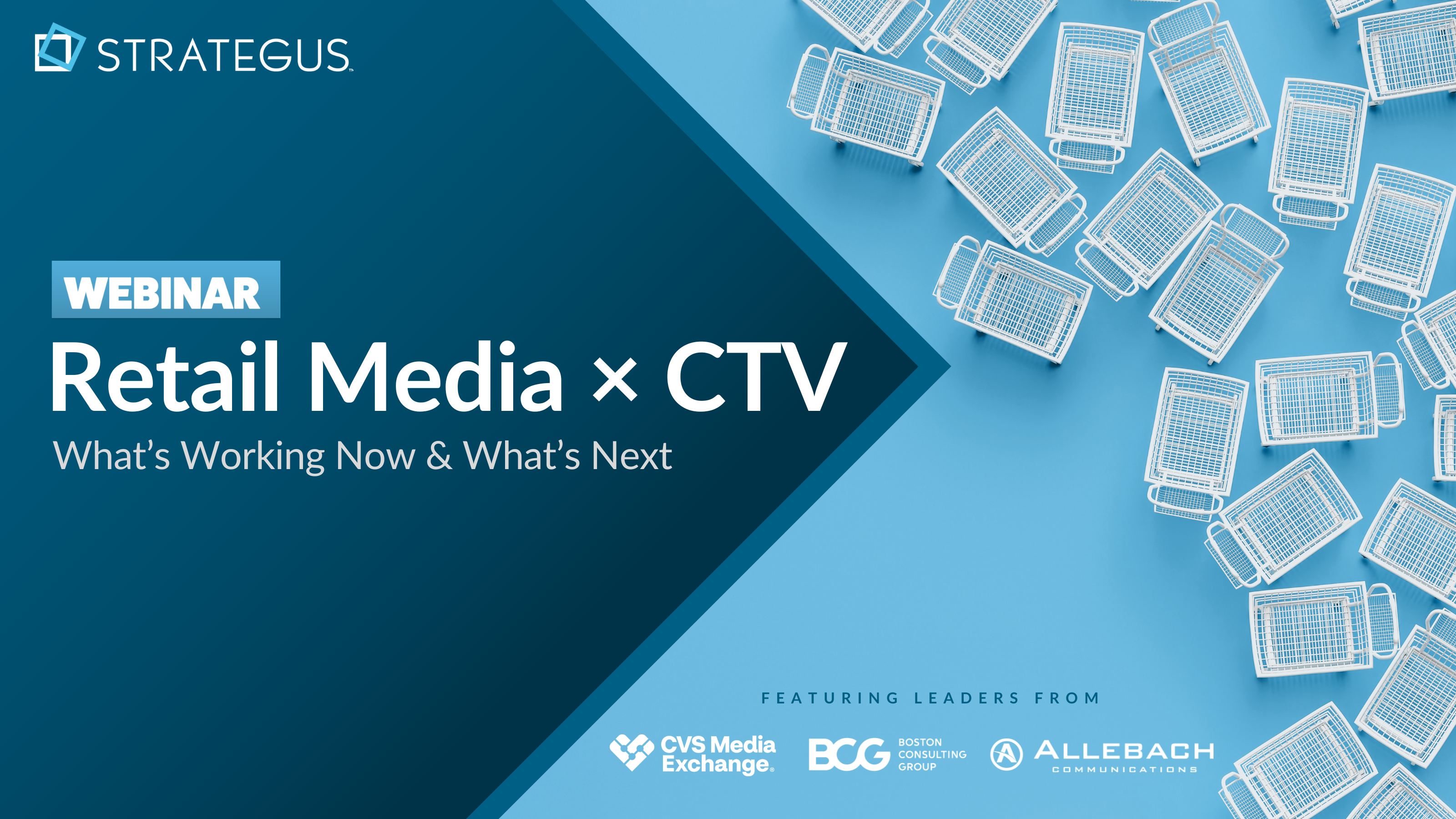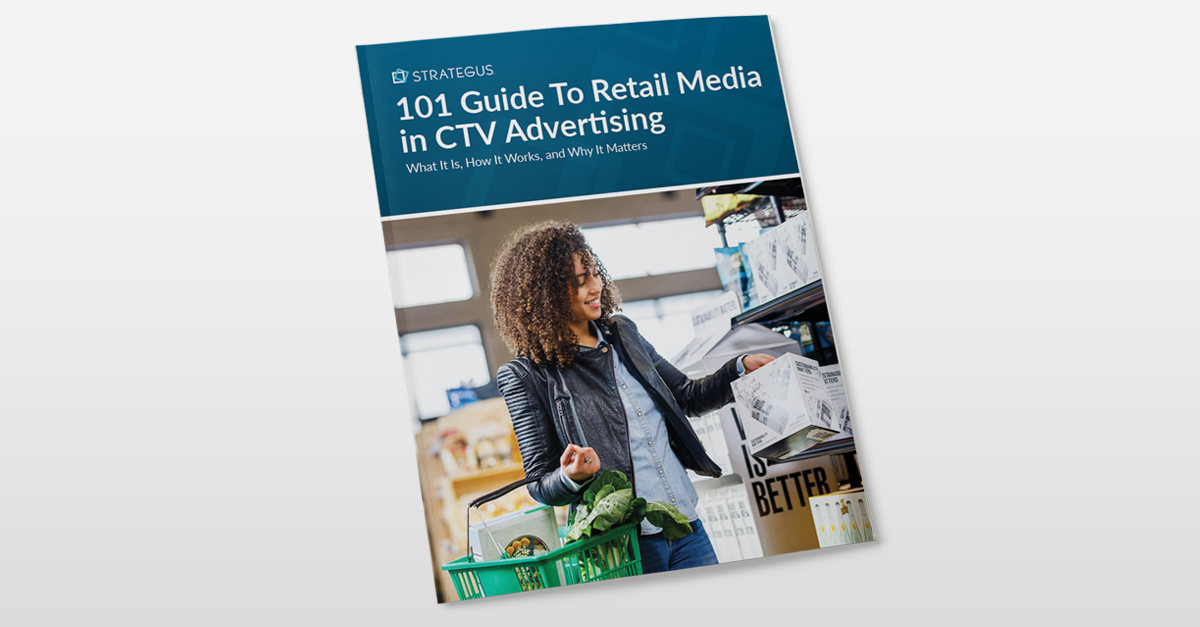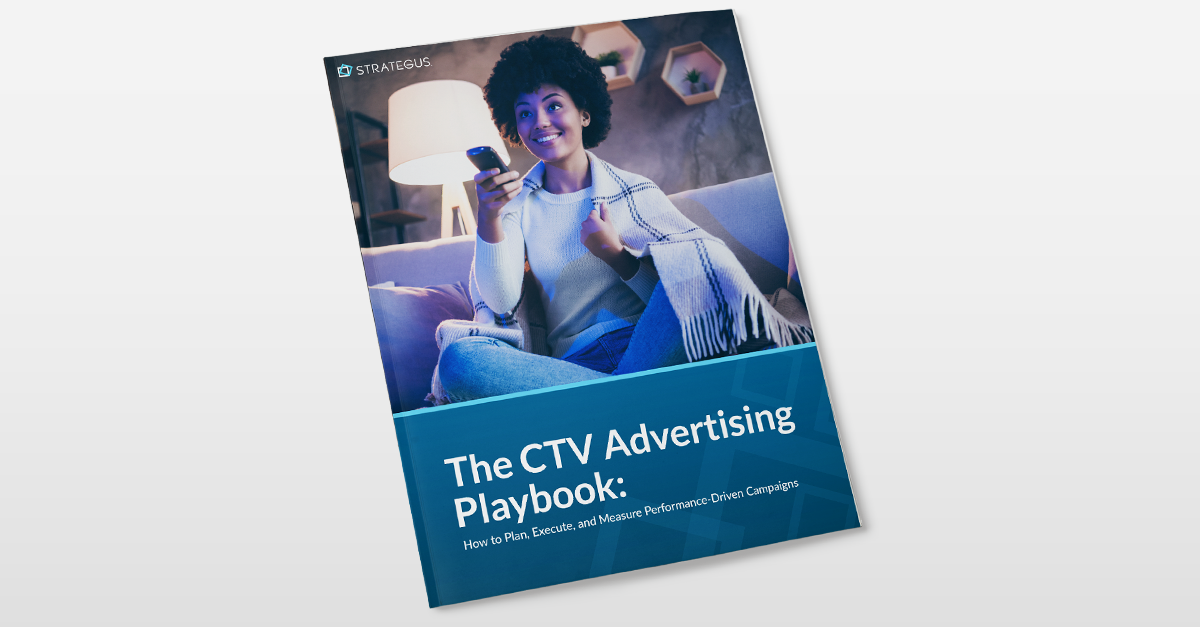- Home
- Strategus Blog
- Why Omnichannel Is Important for Advertising Experience in 2025
Why Omnichannel Is Important for Advertising Experience in 2025
 Andy Dixon
Andy Dixon
6 minutes read

This post is part of our larger “The Comprehensive Guide to Understanding Omnichannel Marketing,” click here to learn more.
Most markets are saturated with competition, and the ones that aren’t are certainly vulnerable to the possibility. For this reason, your brand must stand out and remain relevant to your target audience, connecting on a more emotional level that encourages loyalty, word-of-mouth, and a strong bond. This is why omnichannel is important.
To reach the right people with the right message, you need to tailor the advertising experience to match their needs and expectations. Omnichannel can do that and more: 71% of all consumers want a consistent experience across all channels, but only 29% say they actually get it. That fact is shocking, considering Harvard Business Review reported that omnichannel customers spend 4% more in-store and 10% more online than single-channel customers, and for every additional channel they use, customers spend more money.
By the looks of recent research, many businesses are missing out, and you don’t want to be one of them. An omnichannel marketing strategy will be just what you need to get a competitive advantage in a crowded market, and here’s why.
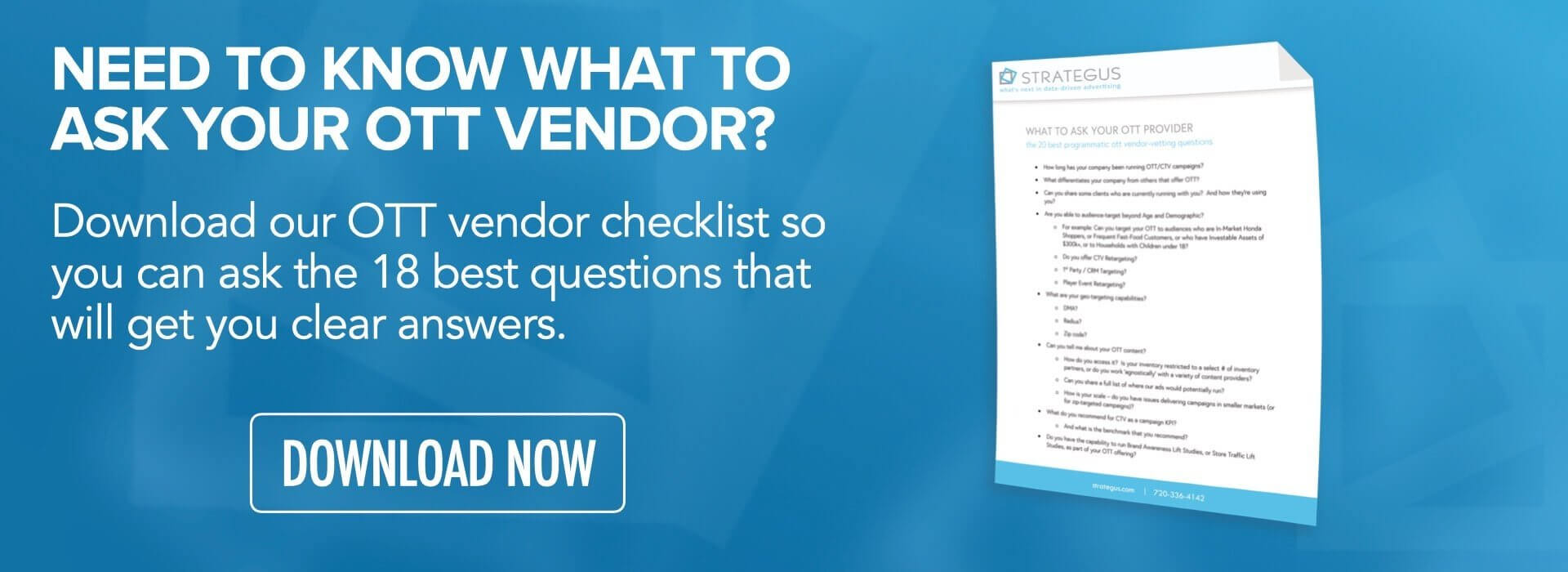
COMPETITIVE ADVANTAGE AND THE CUSTOMER EXPERIENCE
Customer experience is the ultimate key to gaining a competitive advantage, and most (if not all) data supports it. Customers are asking for it, and companies are quickly realizing and benefiting from its potential.
What is competitive advantage?
In the simplest terms, competitive advantage is your brand’s unique elements that allow you to outperform the competition. It is what makes your product/services more superior to others.
Investopedia divides competitive advantage into two main types:
- Comparative advantage — “A firm’s ability to produce a good or service more efficiently than its competitors, which leads to greater profit margins [and] creates a comparative advantage.”
- In many cases, this means having the same quality product but a lower price than the competition. However, with a more in-depth understanding of your target audience, you’ll have wiggle room with your price because it will be more valuable and directly suited to your consumers.
- Differential advantage — “A differential advantage is when a firm’s products or services differ from its competitors’ offerings and are seen as superior.”
- Having a strong brand identity can contribute to this advantage, i.e. giving focus to consistency in your name, logo, design, symbol, and more when customers come in contact with your brand.
Many factors can contribute to a competitive advantage, including quality, cost, branding, customer service, and more. One way, in particular, is through customer experience and improving consumers’ interactions with your brand at all steps of the customer journey.
What consumers have to say about customer experience
The verdict is in, and customers demand a more positive experience in exchange for their sales and loyalty. In fact, American consumers will pay 17% more to purchase from a company with a reputation for great customer service, and 69% of U.S. consumers shop more with brands that offer consistent experiences in-store and online.
Brands that create exceptional customer experiences have an immediate competitive advantage
This can be shown in the studies reported by Forbes that found:
- Companies with a customer experience mindset drive revenue 4-8% higher than the rest of their industries.
- Companies that lead in customer experience outperform laggards by nearly 80%.
- Customers switching companies due to poor service costs U.S. companies a total of $1.6 trillion.
HOW OMNICHANNEL CREATES A COMPETITIVE ADVANTAGE
Although having a competitive advantage sounds simple enough, it isn’t always easy to achieve. In fact, it can be downright difficult. With omnichannel, however, that challenge is significantly reduced, and your potential is immediately maximized. Why? Because omnichannel marketing is primarily focused on your customers and their satisfaction and experience with your brand.
They are one of the biggest factors of your success today, and they want to feel appreciated for getting you to that point. As a matter of fact, studies have shown that feeling unappreciated is the #1 reason customers switch away from products and services.
How omnichannel creates a competitive advantage
By delivering a consistent, engaging message across multiple channels, the customer’s experience with your brand improves immensely. Competitors who are using multichannel, single-channel, or traditional campaigns cannot relate with their customers as much because they are delivering inconsistent, unrelated messages. In turn, omnichannel can be presented as a way to improve customer experience, thus creating a competitive advantage.
What businesses are saying about omnichannel
Omnichannel has already started to benefit businesses that have taken the time to implement the strategy into their campaigns. In fact, Research Live found that almost 90% of retail leaders agree a seamless omnichannel strategy is critical to business success, and the key benefit of successfully implementing an omnichannel strategy is the provision of better customer service, according to six out of 10 respondents.
Omnichannel isn’t standardized
Many marketers run into the problem that omnichannel marketing isn’t standardized, so there is some disagreement on specifics. The reason for this is that a clear-cut definition has not yet been made concrete by the Interactive Advertising Bureau, causing different iterations to be used in different circumstances.
In most cases, this leads to omnichannel and multichannel strategies being considered synonymous, which is far from the truth. While they are similar in the sense that they use multiple platforms, they’re very different in the way they execute. Multichannel is all about making a sale by whatever means necessary. At the same time, omnichannel focuses on customer experience (which, if you remember, is the key benefit to many businesses) and makes the customer a priority like they want and expect.
The truth is that multichannel is the old way, and omnichannel is the new and improved way to do marketing. It’s time to adapt to the times and improve your marketing strategy.
Gain a Competitive Advantage with Encore Omnichannel
Gaining a competitive advantage takes a lot of time and effort, so it can be challenging for many marketers to achieve. When you think about it, that’s a good thing because if it were easy, no one would be able to stand out. Fortunately, our team of experts at Strategus is ahead of the curve and implementing our own Encore Omnichannel strategy that is clear-cut and proven successful.
Having run many successful omnichannel campaigns, we know how important it is in gaining an advantage over competitors who only use multichannel, single-channel, or traditional campaigns. That’s why our Encore Omnichannel marketing strategy compiles relevant data about your consumers and targets them in a way that resonates and encourages them to take action.
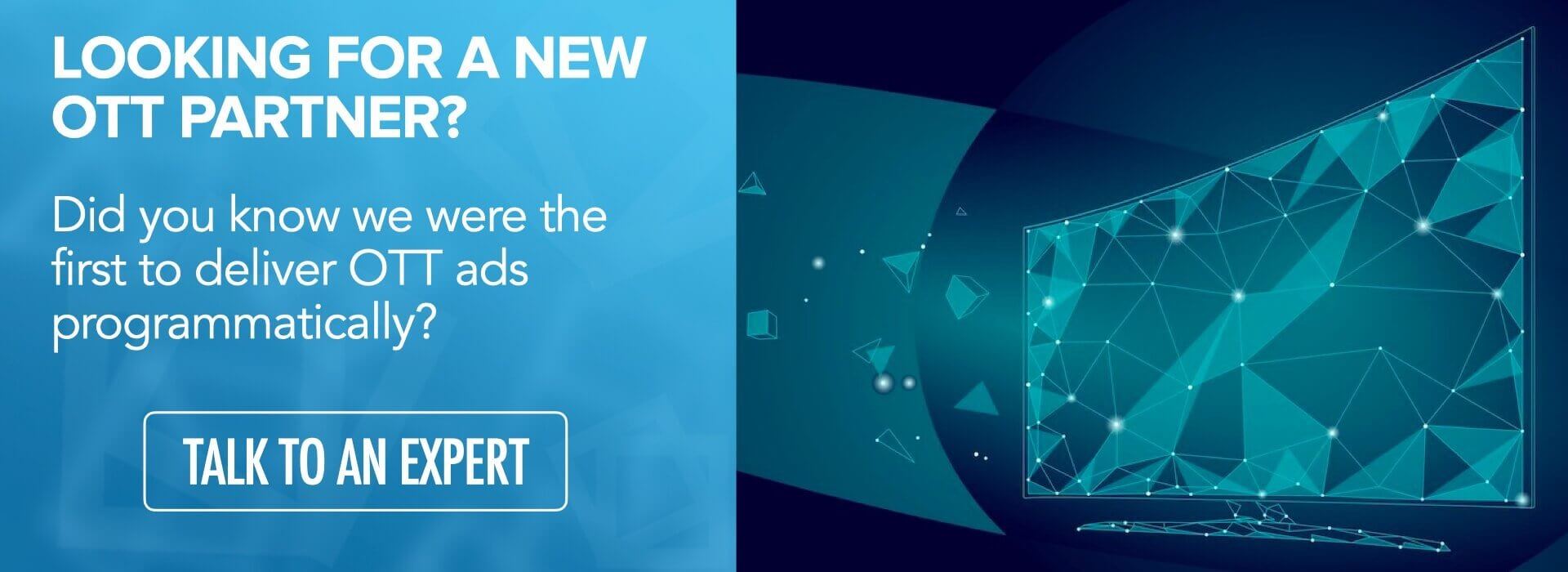

Andy Dixon is a seasoned Content Writing Specialist at Strategus, renowned for his expertise in creating engaging and impactful digital content. With over a decade of experience in content creation, Andy has honed his skills in a variety of niches, ranging from technology and marketing to education.
Strategus is a managed services connected TV(CTV) advertising agency with over 60,000+ campaigns delivered. Find out how our experts can extend your team and drive the result that matter most.
Talk to an Expert
Seeking a Custom CTV Strategy That Delivers?
What to read next
App Event Tracking: Tie Mobile App Activity to CTV Campaigns
Let’s say you’re running a CTV campaign for a personal finance app.
5 minutes read

Stop Guessing Who Your Audience Is — Let Their Apps Tell You
Connected TV (CTV) targeting often falls in one of two camps.
8 minutes read
See Who Bought After Your Ad + How Much They Spent
You can’t improve what you can’t measure. And for years, that’s been a major problem with TV advertising.
4 minutes read
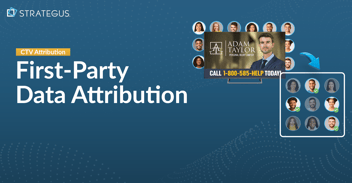
First-Party Attribution: Match Ads to Sales With CRM Data
The value of first-party data continues to grow.
7 minutes read



